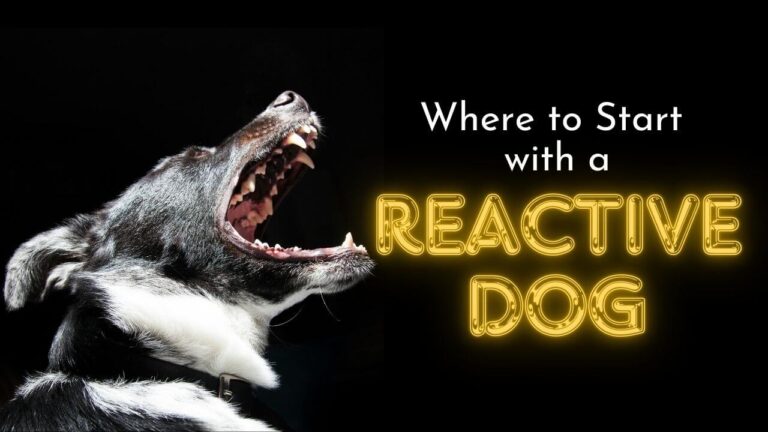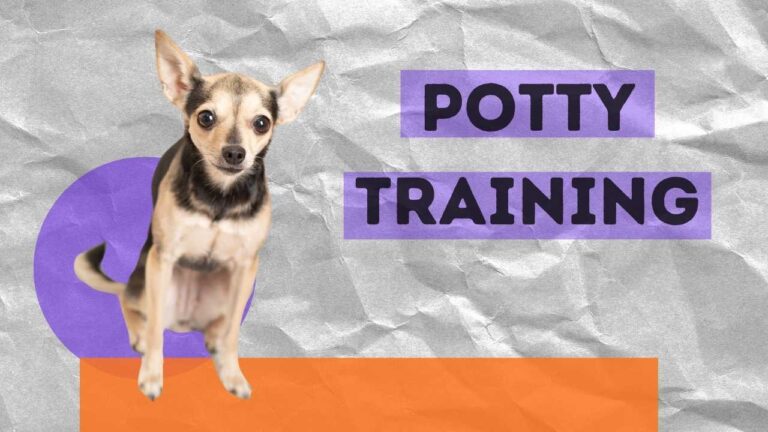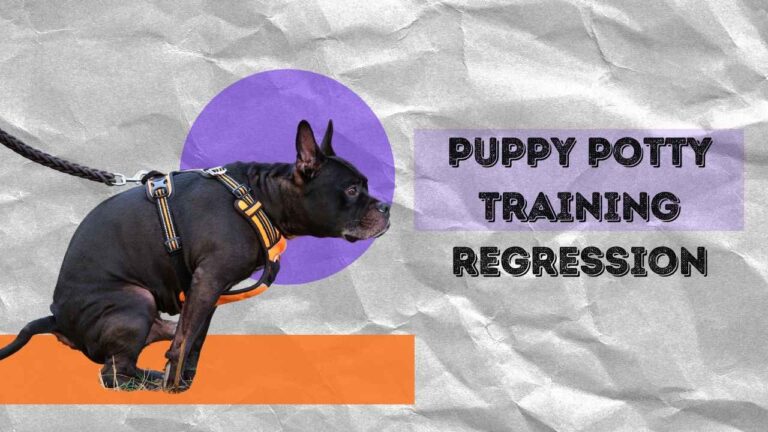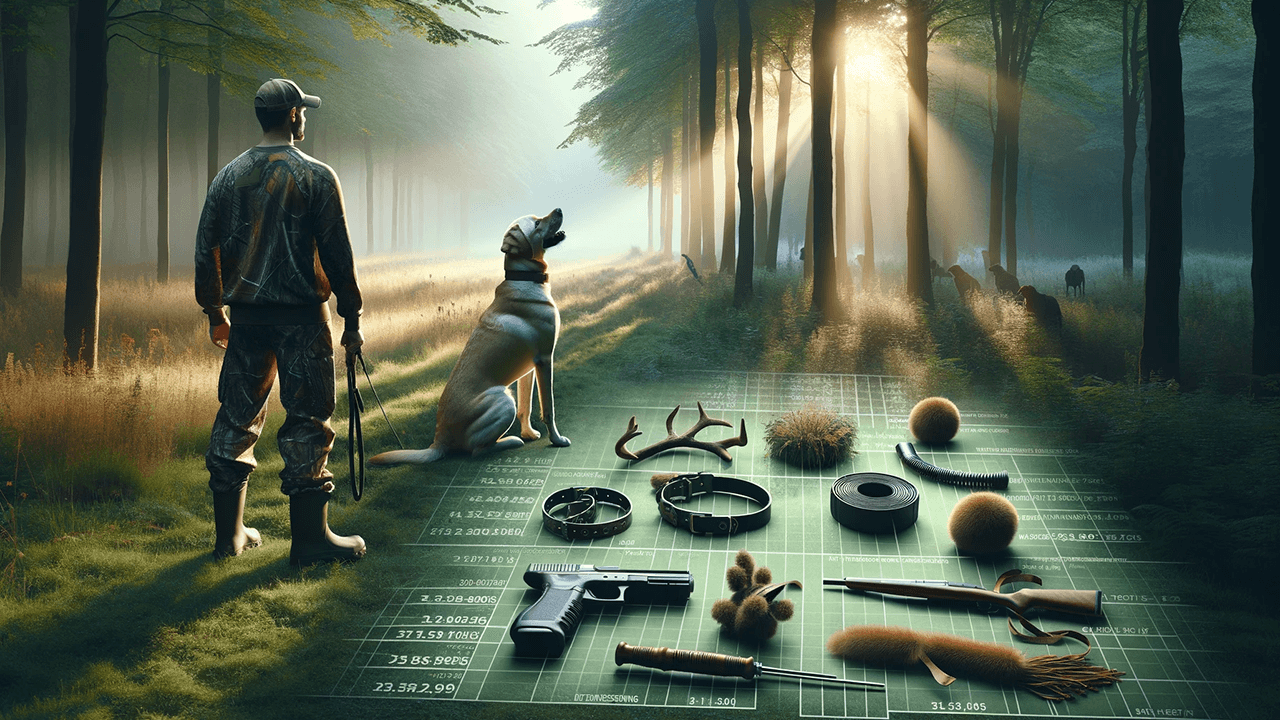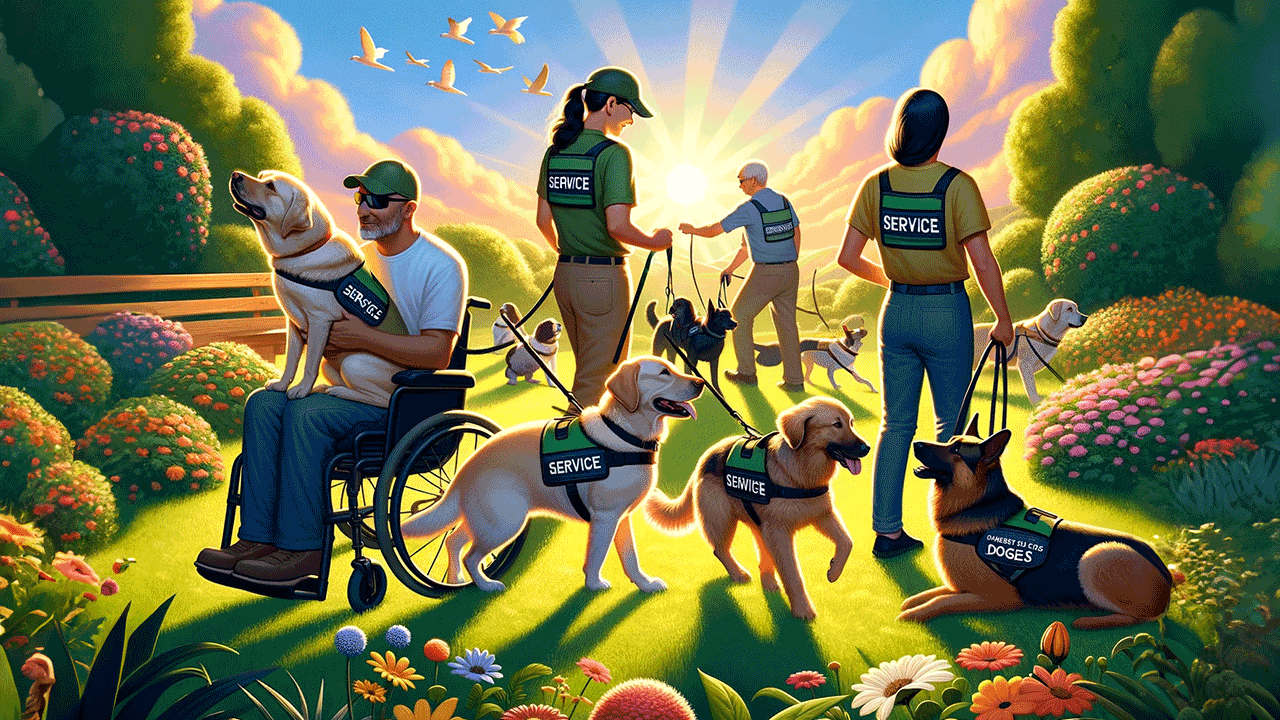How to Scent Train a Service Dog
Key Takeaways Table
| Key Point | Details |
|---|---|
| Importance of Scent Training | Essential for various service dog roles, including allergy detection and search and rescue. |
| Basic Steps | Introduction to scent, positive reinforcement, increasing complexity. |
| Required Time Frame | Varies; typically takes several months to a year. |
| Equipment Needed | Scent samples, training aids, rewards. |
| Common Challenges | Distractions, maintaining consistency, dog’s individual capabilities. |
Scent training a service dog is a crucial task that serves various needs, from detecting allergens to assisting in search and rescue missions. This guide provides a step-by-step approach to effectively scent train a service dog, ensuring they can reliably perform their duties.
Understanding the Basics to Scent Train a Service Dog
What is Scent Training?
Scent training involves teaching a dog to identify and react to specific scents. It's a critical skill for many service dogs, especially those involved in medical alert tasks, like detecting allergens, and in search and rescue operations.
The Significance in Service Dog Roles
Service dogs trained in scent detection play vital roles in ensuring the safety and well-being of their handlers. For instance, they can be trained to detect gluten for individuals with severe allergies, a technique elaborated in “How to Train a Gluten Detection Dog“. Similarly, their skills are indispensable in search and rescue operations, where the dog's ability to detect human scent can mean the difference between life and death.
Starting with Scent Training
Step 1: Introduction to Scent
Begin by introducing the dog to the specific scent they need to identify. This can be done by using scent samples, which should be distinct and easily recognizable for the dog.
Step 2: Positive Reinforcement
Positive reinforcement is key. Reward the dog with treats or praise whenever they successfully identify the scent. This not only encourages them but also reinforces their learning.
Step 3: Gradually Increase Difficulty
As the dog becomes more proficient, gradually increase the difficulty of the tasks. This can include hiding the scent in different locations or under varied conditions.
Essential Equipment for Training
To effectively train a service dog in scent detection, certain equipment is necessary. This includes:
- Scent Samples: Specific to the scent the dog is being trained to detect.
- Training Aids: Such as treat dispensers or clickers for positive reinforcement.
- Rewards: Treats or toys to encourage the dog during training.
Addressing Common Training Challenges
Scent training is not without its challenges. Distractions can hinder a dog's ability to focus on the scent. It's important to gradually introduce distractions, as discussed in “How to Train a Dog to Ignore Distractions“. Consistency in training is also crucial. Regular sessions help reinforce learning and maintain the dog's scent detection abilities.
Advanced Scent Training Techniques
For more advanced training, like preparing a dog for search and rescue or detailed allergen detection, specialized training methods are required. This can be explored further in resources like “How to Train a Dogo Argentino” and “Personal Protection Dog Trainer“.
Continuing the article, we will delve deeper into specific techniques and considerations for scent training in various service dog roles, along with insights into the time and commitment required for this training.
Tailoring Training to Specific Service Dog Roles
Allergen Detection
For dogs tasked with allergen detection, specificity in training is paramount. These dogs must learn to identify and alert to specific scents such as peanuts or gluten. Detailed strategies for this can be found in “How to Train a Gluten Detection Dog“, providing an in-depth look at training methods for allergen detection.
Search and Rescue
Search and rescue dogs require extensive scent training to locate missing persons. This involves training in varied environments and conditions. Resources like “Train Dogs as Service Animals” offer valuable insights into this aspect of scent training.
Time and Commitment Required
Scent training a service dog is not a quick process. Depending on the complexity of the task and the dog's individual capabilities, it can take several months to a year of consistent training. The commitment required is significant but vital for the dog's success in their service role.
Incorporating Technology in Training
Modern technology can enhance scent training. For example, electronic scent detectors and GPS tracking can be used to refine the dog’s skills, particularly in search and rescue operations.
Financial Aspect of Scent Training
Understanding the financial commitment involved in scent training is important. For a detailed breakdown of costs, including professional trainer fees, check out “How Much Does Dog Protection Training Cost” and “How Much Does it Cost to Train a Hunting Dog“.
- Training Phases: Introduction to scent, positive reinforcement, increasing difficulty.
- Equipment Needed: Scent samples, training aids, rewards.
- Time Frame: Time required for training (several months to a year).
- Challenges: Distractions, consistency, dog’s capabilities.
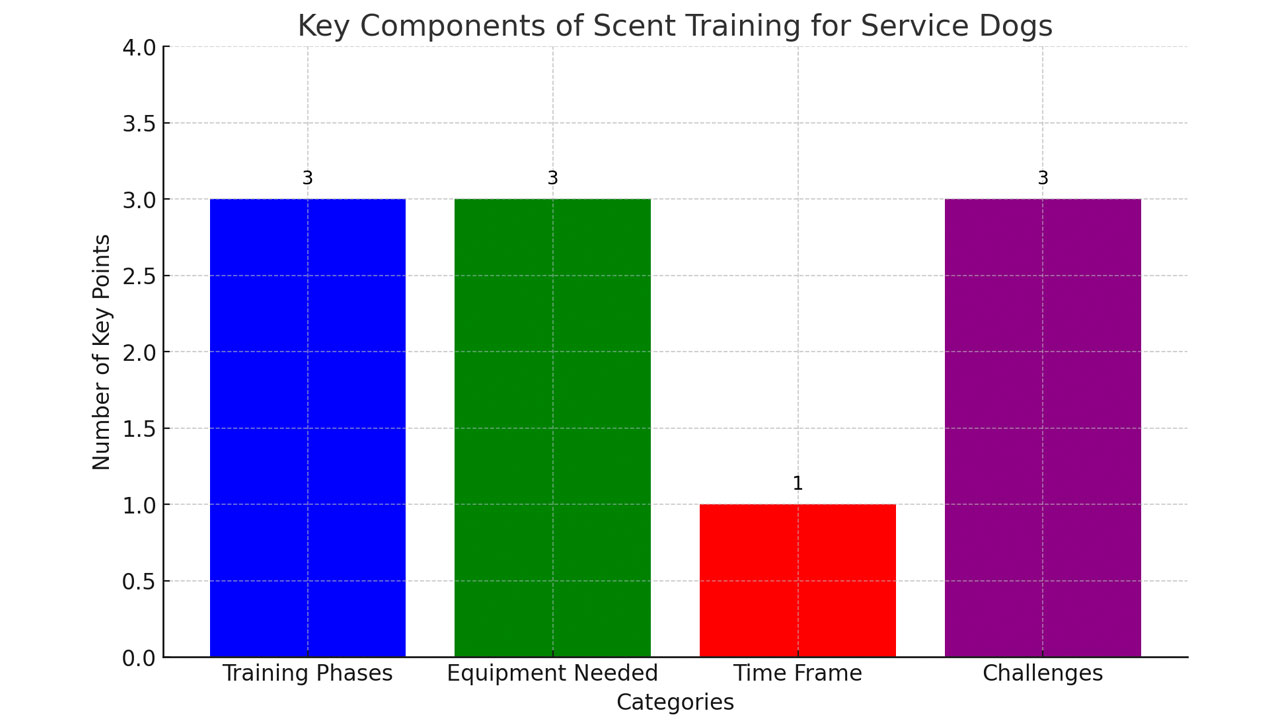
The Role of Professional Trainers in Scent Training
Selecting the Right Trainer
Choosing a qualified trainer is crucial for effective scent training. A professional with experience in training service dogs, especially in scent detection, can significantly enhance the training process. For insights into selecting the right trainer, “Personal Protection Dog Trainer” offers valuable guidelines.
Trainer's Techniques and Philosophies
Different trainers may use various techniques and philosophies. It's important to find a trainer whose methods align with your goals for the service dog. Techniques range from positive reinforcement to more structured training regimes.
Importance of Ongoing Training and Maintenance
Regular Refreshers
Scent training isn't a one-time process. Regular training sessions are needed to maintain and enhance the dog's skills. This ongoing commitment ensures that the dog remains proficient in their scent detection abilities.
Adapting to Changes
As a dog ages or as their role evolves, their training may need adjustments. This adaptability is crucial to ensure the dog continues to perform effectively in their service capacity.
Testimonials from Handlers
Real-Life Impact
Testimonials from handlers provide real-world insights into the impact of scent-trained service dogs. These stories often highlight the life-changing assistance these dogs provide, especially in cases of medical alert and search and rescue.
Success Stories
From detecting allergens to finding missing persons, success stories of scent-trained service dogs are both inspiring and informative. They showcase the effectiveness of thorough and dedicated training.
Further Training Possibilities
Expanding on basic scent training, there are possibilities for more specialized training. For instance, training a dog for hunting or K9 duties involves additional skills and techniques. Resources such as “How Much is K9 Dog Training” and “How to Train a Squirrel Dog Effortlessly Easy” provide more information on these advanced training methods.
Advancements in Scent Training Technology
Utilizing Modern Tech
The integration of technology in scent training has opened new avenues for efficiency and effectiveness. Devices like electronic scent detectors and advanced GPS systems aid in more precise training, especially beneficial for search and rescue dogs.
Virtual Training Platforms
Online platforms and virtual reality tools are now being used to simulate training environments. This allows for a more diverse range of training scenarios without the need for physical travel, enhancing the dog's adaptability to different situations.
Selecting the Right Breed and Individual Dog
Breed Considerations
While many breeds can be trained in scent detection, some are more predisposed to excel in this field. Breeds like German Shepherds, Labradors, and Beagles are renowned for their scenting abilities.
Assessing Individual Dogs
Beyond breed, individual temperament and aptitude play a significant role. It's important to assess each dog's specific traits and inclination towards scent work before beginning intensive training.
Starting Scent Training: A Checklist
- Assess the Dog’s Aptitude: Evaluate if the dog shows a natural inclination towards scent work.
- Choose the Right Trainer: Research and select a trainer experienced in scent training for service dogs. Refer to resources like “How to Become a Dog Trainer in Missouri” for insights on what to look for in a trainer.
- Gather Necessary Equipment: Prepare scent samples, training aids, and rewards.
- Set Realistic Goals: Understand the time and effort required and set achievable milestones.
- Maintain Consistency: Regular training sessions are crucial for success.
Summary and Actionable Steps
Scent training a service dog is a rewarding yet challenging endeavor that requires commitment, patience, and a deep understanding of canine behavior. This guide has outlined the essential steps, considerations, and resources needed to embark on this journey.
Steps to Take:
- Evaluate Your Dog: Determine if your dog has the temperament and aptitude for scent work.
- Research and Select a Trainer: Choose a qualified trainer with experience in service dog scent training.
- Invest in Quality Training Equipment: Acquire the necessary scent samples, training aids, and rewards.
- Commit to Regular Training: Consistency is key in developing and maintaining scent detection skills.
- Stay Informed and Adapt: Keep abreast of new techniques and technologies in scent training.
Emotional and Psychological Benefits
The process of scent training offers significant benefits beyond the practical skills acquired. For the dog, it provides mental stimulation, a sense of purpose, and strengthens the bond with their handler. For the handler, the benefits extend to an increased sense of security, independence, and the emotional connection with a highly trained service animal.


